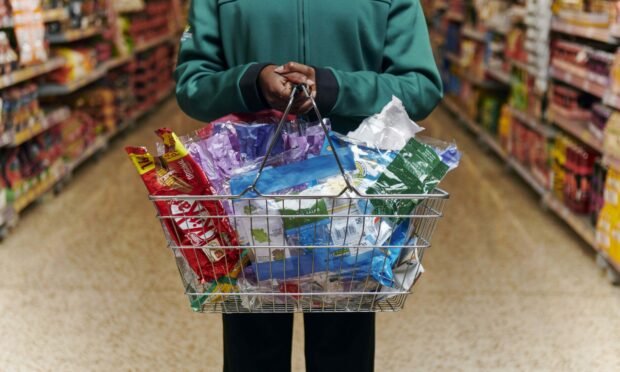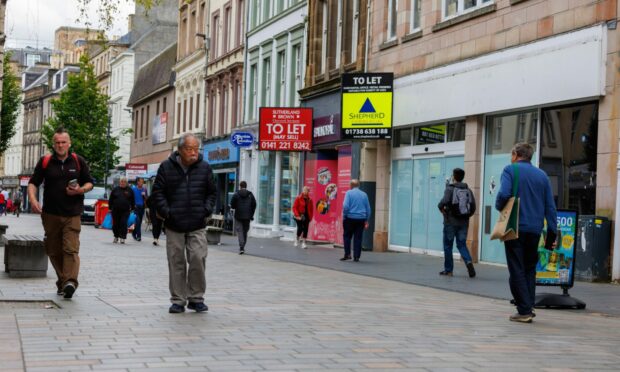Inflation is at its highest level in decades and set to rise higher – but why?
Inflation is the rate at which prices rise. Every month the Office for National Statistics (ONS) keeps track of household costs with its Consumer Price Index.
New ONS figures found an annual price rise of 5.4% in December – the highest level since March 1992, when inflation was 7.1%.
The ONS said inflation was pushed higher by food prices.
Costs are also rising for restaurants and hotels, furniture and household goods, as well as clothing and footwear.
The Bank of England has forecast inflation to hit 6% in April.
Why are prices rising?
Energy costs are a huge factor. Wholesale gas prices were up about 500% in 2021.
This has been blamed on a cold winter in 2020/21 followed by a relatively windless summer that reduced supplies, while demand in Asia has risen.
There are also record costs at the petrol pumps.
The ONS said average petrol prices remained at a record high of 145.8 pence a litre last month, compared with 114.1pence a litre 12 months ago.

Meanwhile, Covid-19 has had an impact on global supply chains. Lockdown and worker absences meant prices increased.
Food prices have risen as wages increase. HGV drivers’ salaries have risen strongly due to shortages as some drivers returned to the EU.
Will energy bills get higher?
It seems a certainty. The government’s price cap is due for a revision in February, which will be implemented in April.
Current predictions are this will go up 50%. That could take average annual gas bills to £2,000 in 2022.
Some are calling for a cut in VAT or green levies on bills while energy bosses are asking for a government-backed support scheme to cushion the impact.
The Resolution Foundation said each household can expect outgoings to increase by £1,200 this year.
Along with rising energy bills, there is also a one-year, 1.25% National Insurance rate rise due in April to help pay for social care and NHS funding.
Wages are already failing to keep up with rises in the cost of living.
What can be done to combat inflation?
The Bank of England raising its base rate is a common tactic to fight inflation.
The theory is that by increasing the cost of borrowing, households buy fewer goods, which makes prices fall.
The base rate rose from 0.1% to 0.25% in December and more rises are likely this year – perhaps reaching 1%.
The base rate rise has an immediate impact on things like mortgages on flexible rates.
But this may not be the answer for the energy price issue.
The government has been asked to consider not charging VAT on energy bills.
Alternatively, it may give more targeted support to people on low incomes.


















